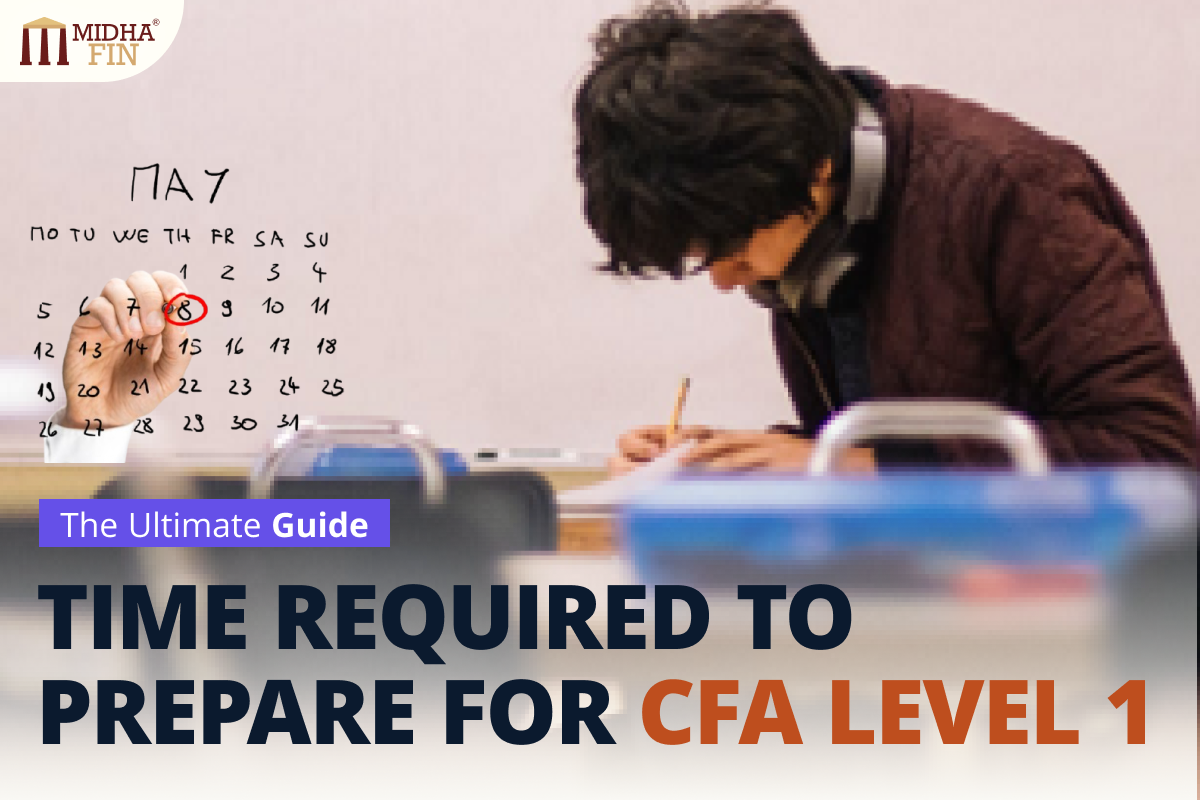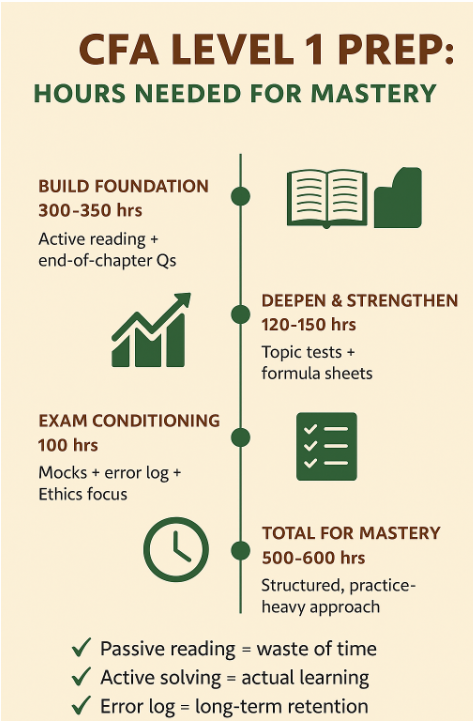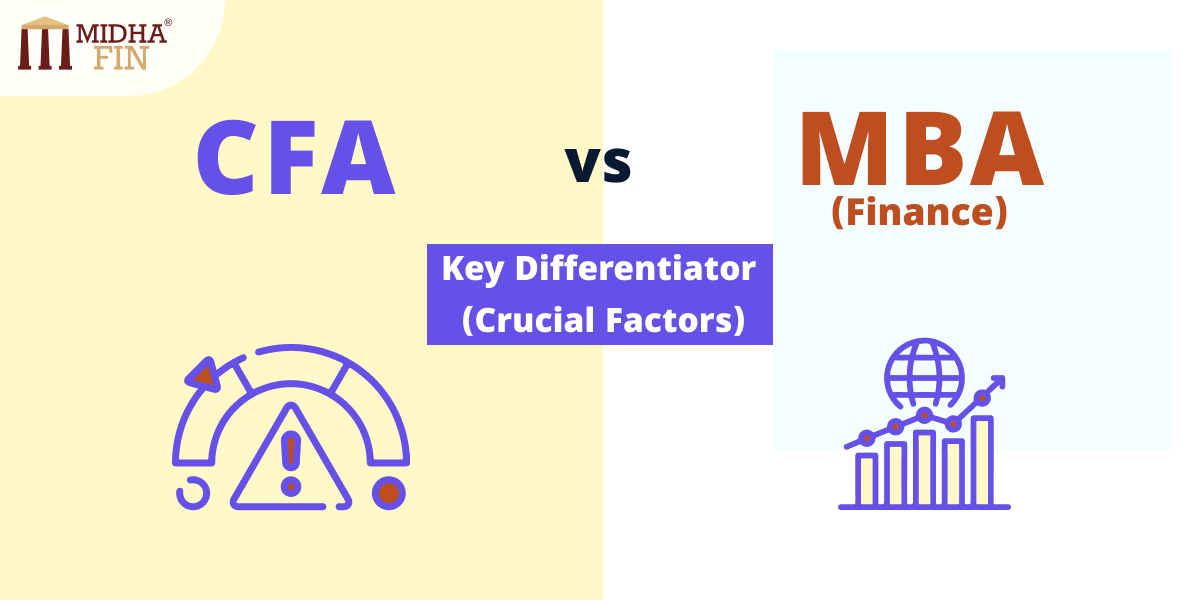Preparing for the CFA Level 1 exam often comes with a question that confuses many students:
Should you study the pre-readings that appear before the main curriculum?
These short readings are meant to introduce key ideas in Economics, Quantitative Methods, and Financial Statement Analysis.
Let us understand what they really mean, why they exist, and how to deal with them in a practical way.
Understanding the Purpose of Pre-Readings
The CFA Institute has recently reorganized the Level 1 syllabus to make it more efficient. Some of the older introductory lessons have been separated from the main modules and placed in a section called pre-readings.
Their goal is simple: to prepare candidates with the basic knowledge required before starting the core material.
The pre-readings include the following::
- Quantitative Methods: Basic statistics, probability, and numerical tools
- Economics: Key ideas in microeconomics and macroeconomics
- Financial Statement Analysis: Structure and meaning of income statements, balance sheets, and cash flow statements
These topics act as the entry gate to the larger curriculum. But the real question is:
Should you spend time reading them all?
Are Pre-Readings Worth Your Time?
The CFA Institute suggests that most candidates are already familiar with the material. That might be true for some, but not for everyone.
If you have been away from academics for a few years, or if your degree was not in finance, some of these ideas might not feel as fresh. Going straight into the main syllabus without revisiting them can make the learning curve steeper.
So, even if the pre-readings are not directly tested, they still influence how well you understand what follows. Think of them as the foundation on which the entire Level 1 syllabus stands.
How to Approach Them Without Wasting Time
Not every candidate needs to go through every page. What works better is a filtered, topic-by-topic review.
Here is a structured plan:
- Get a quick overview.
Read the chapter introductions and sub-headings to understand what each section covers. - Mark your comfort zones.
Identify areas that look familiar. For example, if you have used accounting statements regularly, you might not need to study all of FSA in detail. - Focus on weak points.
Spend time only on parts that seem unfamiliar or unclear. This selective study method helps you save time while reinforcing areas that matter.
If you have ample time before the exam, you can dedicate around two weeks per section. If you are on a tighter timeline, a few focused study sessions per area will still be effective.
Key Areas That Deserve Extra Attention
Some topics in the pre-readings create the base for many later chapters. You can use the following checklist to stay focused:
- Quantitative Methods: Concentrate on descriptive statistics, measures of dispersion, and probability. These ideas return again in regression, correlation, and risk analysis.
- Economics: Refresh your understanding of demand and supply, market types, inflation, and economic growth indicators.
- Financial Statement Analysis: Ensure you can interpret how the three financial statements connect. Knowing how numbers move between income, cash flow, and balance sheets saves time later.
The MidhaFin View: Study Smart, Not Twice
At MidhaFin, we strongly believe that you do not need to study everything twice. If a topic covered in the pre-readings appears again later in the curriculum, and is explained there in full, then you can safely cover it once, in detail, during the main study.
This approach forms the base of how we design our study material and video lessons. Our goal is not to overload students with repetitive theory but to guide them through a logical sequence of learning.
For example, if Financial Ratios are introduced briefly in the pre-readings and then taught extensively in the FSA section, it is more efficient to learn them properly when you reach that chapter. By doing so, you spend your effort where it adds the most value instead of revisiting the same ideas multiple times.
This mindset not only saves time but also builds stronger conceptual links between topics. In CFA preparation, efficiency is just as important as effort.
Why a Strong Foundation Still Matters
Even though pre-readings are not tested directly, they shape how smoothly you move through the rest of the material. Students who skip them entirely often need to pause later to fill in missing basics, which breaks study flow.
Instead, treat them as a warm-up round. Review them quickly, fill knowledge gaps, and then move to the core chapters with confidence. Remember that CFA Level 1 is not about memorizing every line; it is about understanding how financial concepts connect.
A Balanced Strategy for Success
Here is a simple rule:
- If a concept is completely new to you, study it now.
- If you already know it, just refresh it briefly.
- If it will be covered again in depth later, combine the learning and handle it once.
This three-step thinking helps you stay efficient without missing key knowledge.
In our MidhaFin learning framework, this balance is built into the study plan. Every topic connects to the next in a natural order so that you keep moving forward without confusion or overlap.
Closing Thoughts
Pre-readings might look like optional reading material, but they play an important role in shaping your confidence for the CFA Level 1 exam. They ensure that when you reach complex parts of the syllabus, you do not get stuck on concepts that should have been clear earlier.
Treat them as the foundation, not as an extra burden. Study them with purpose, connect them with your main lessons, and always think about how each topic fits into the bigger picture of finance and investment analysis.







